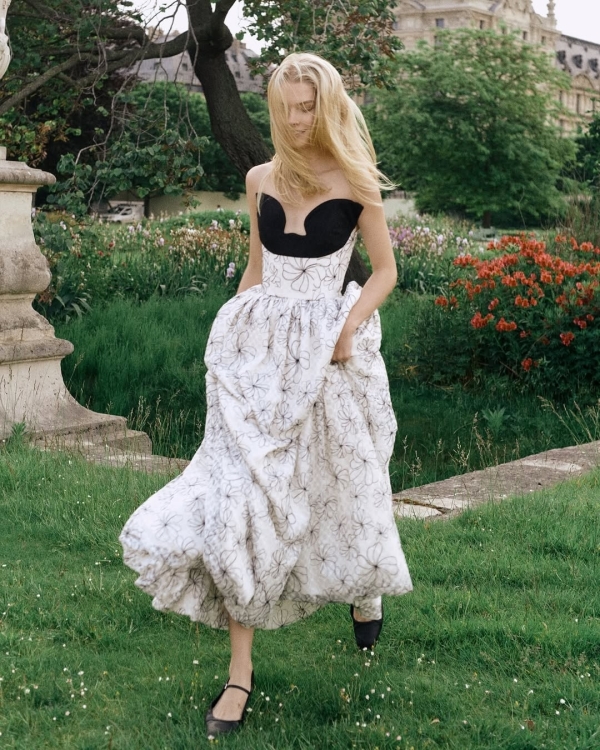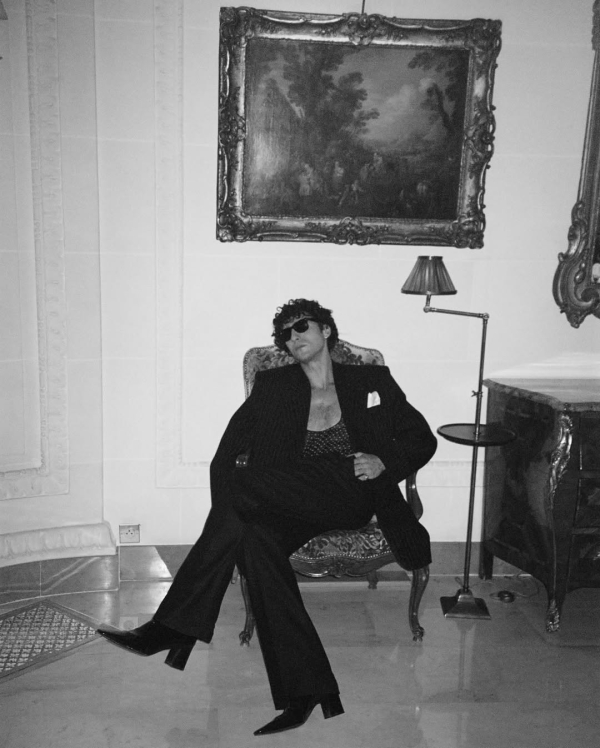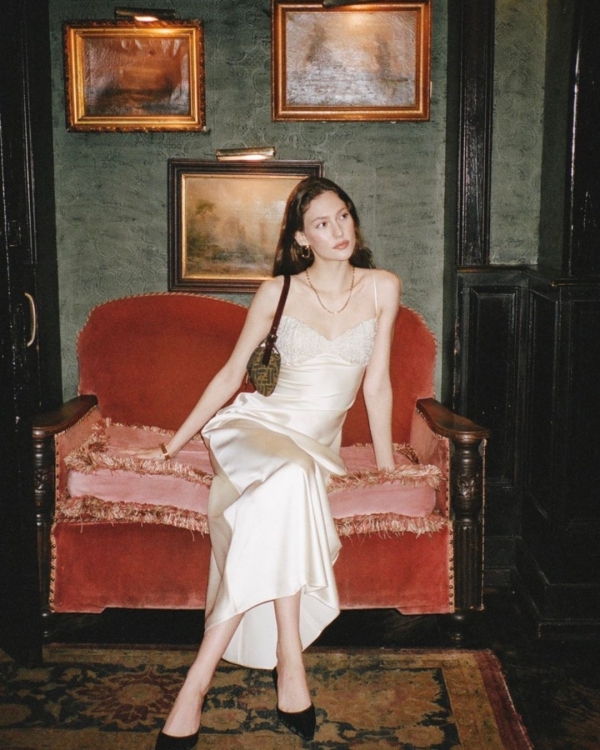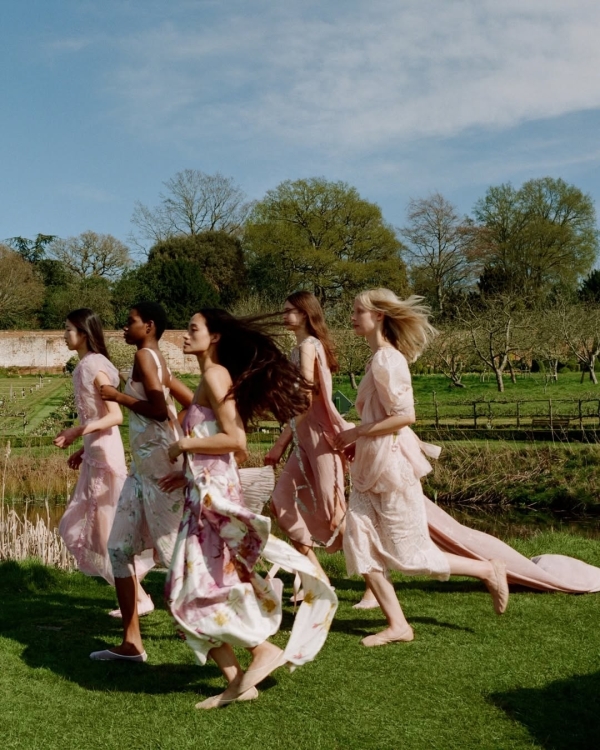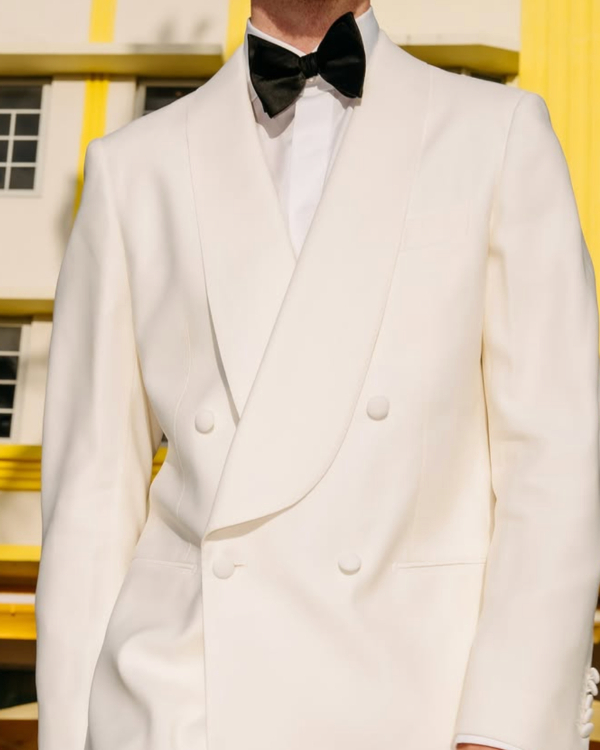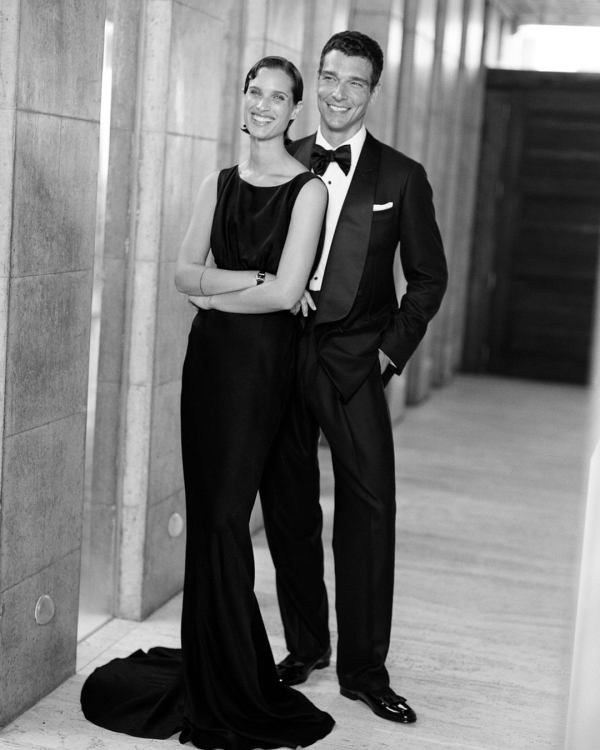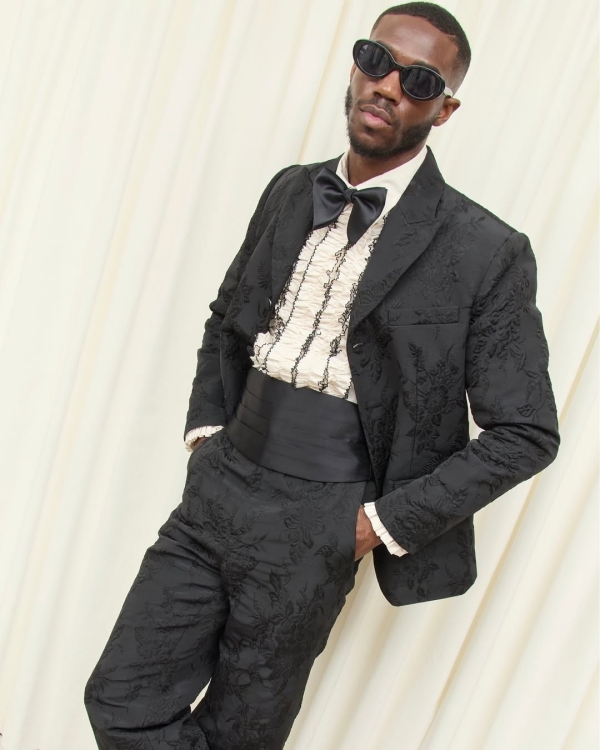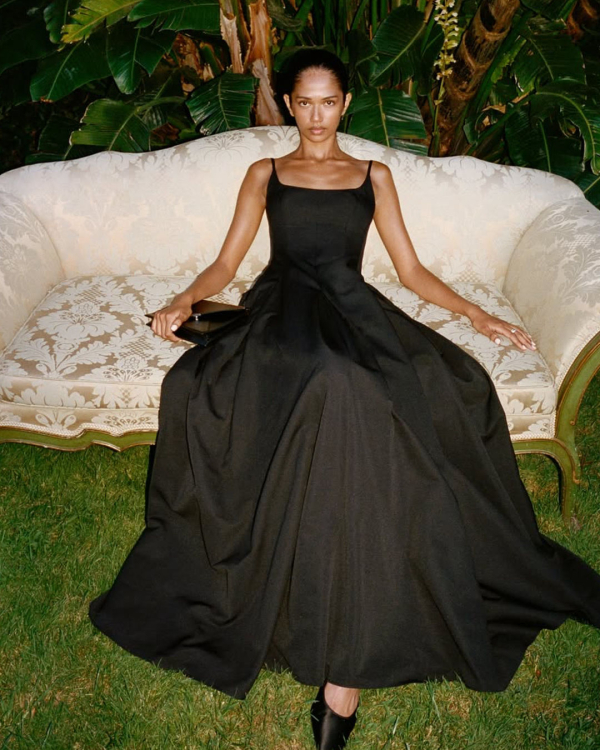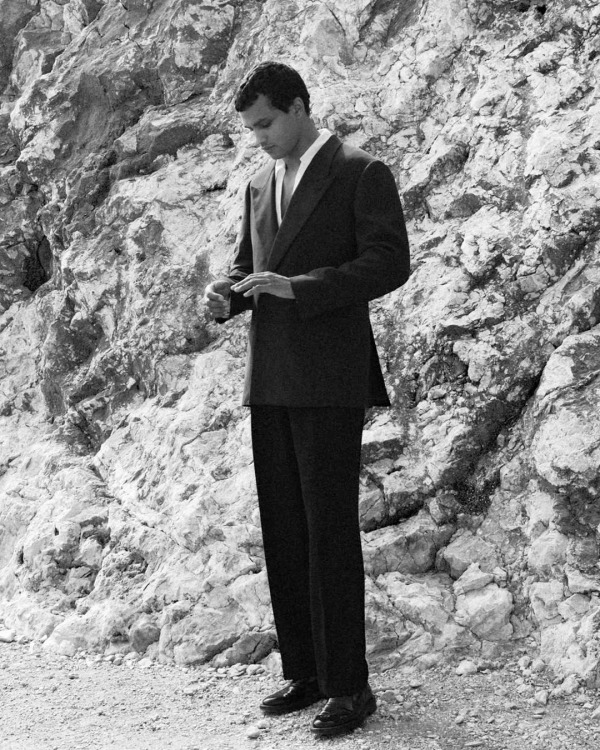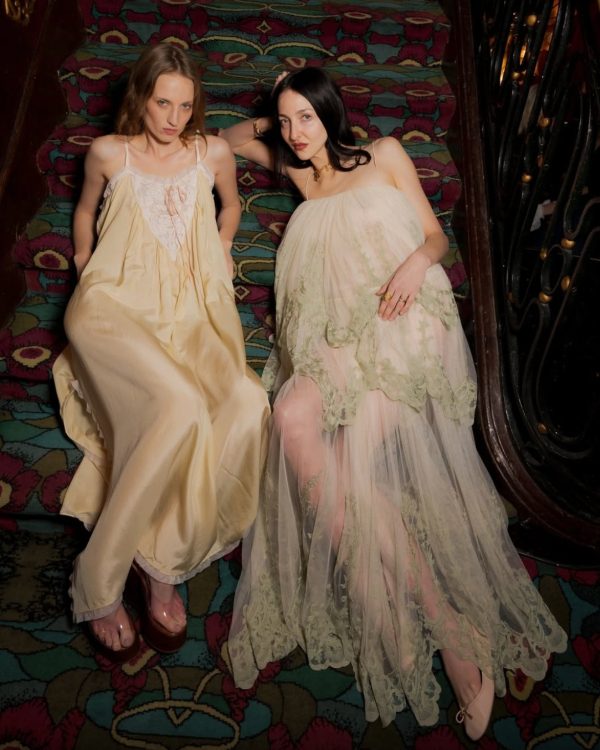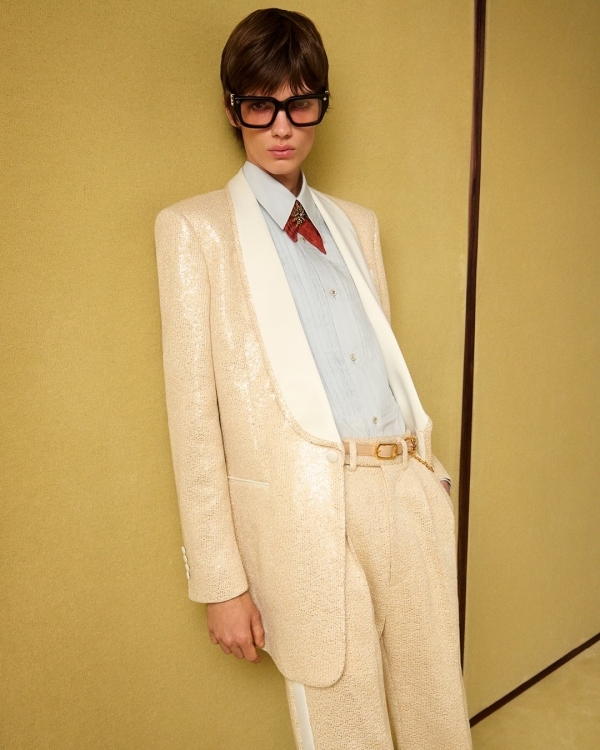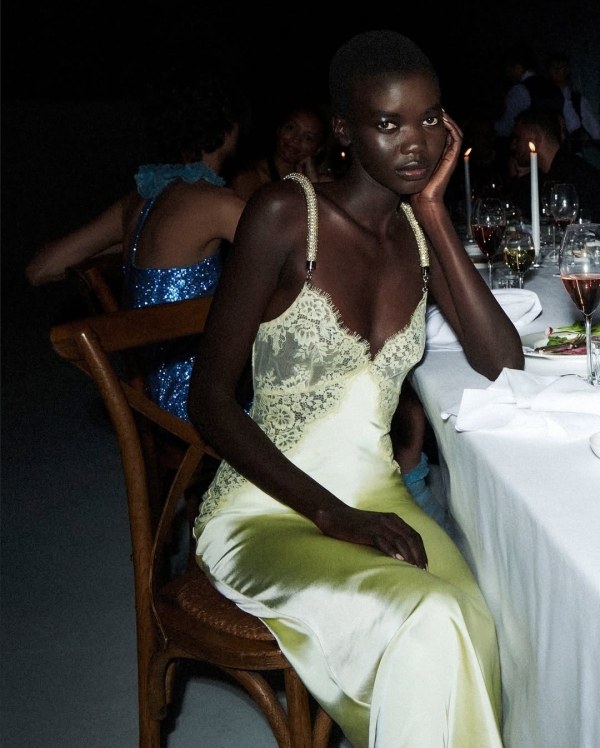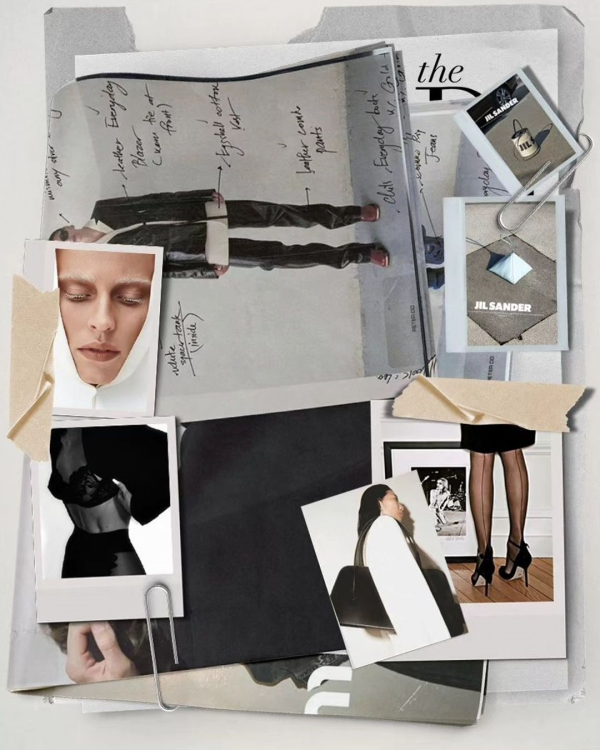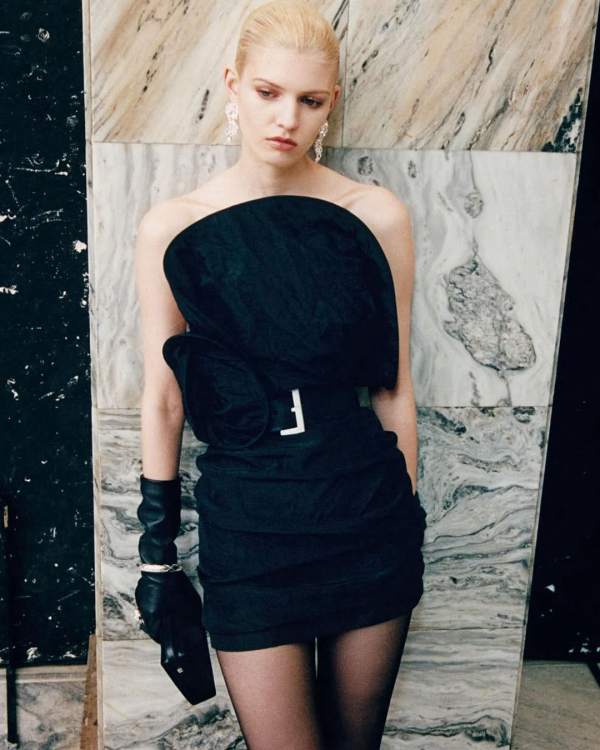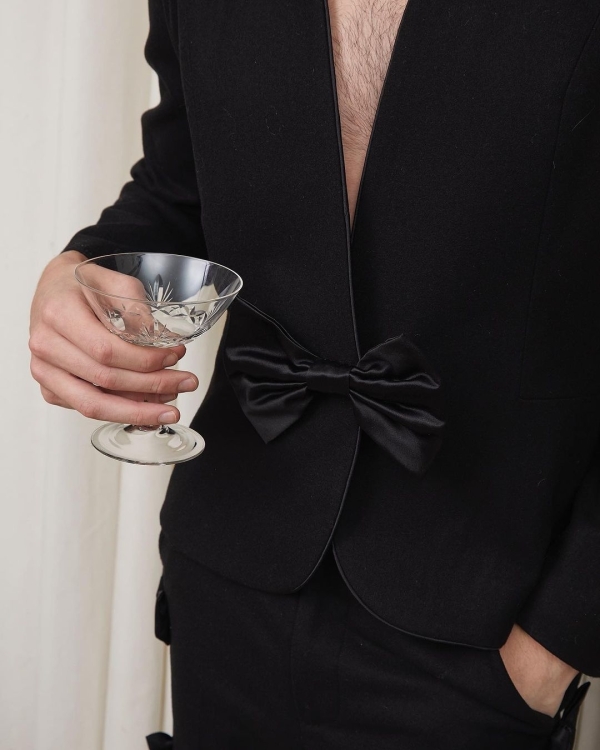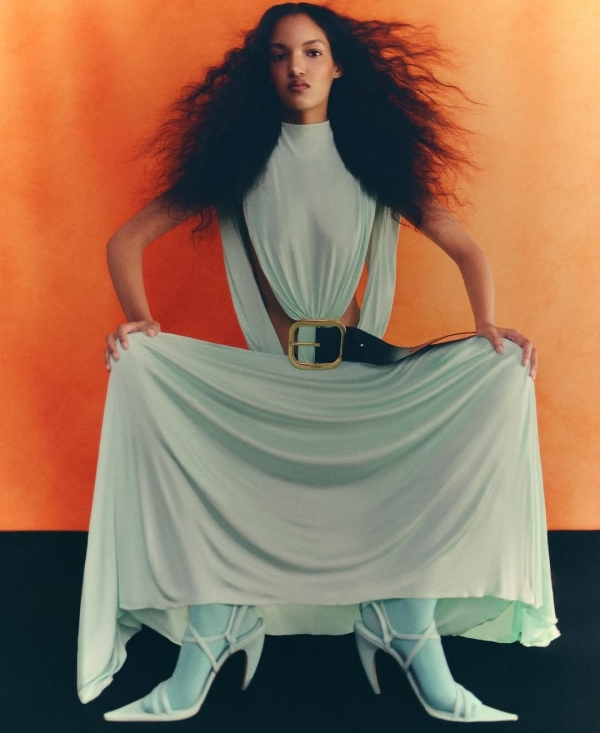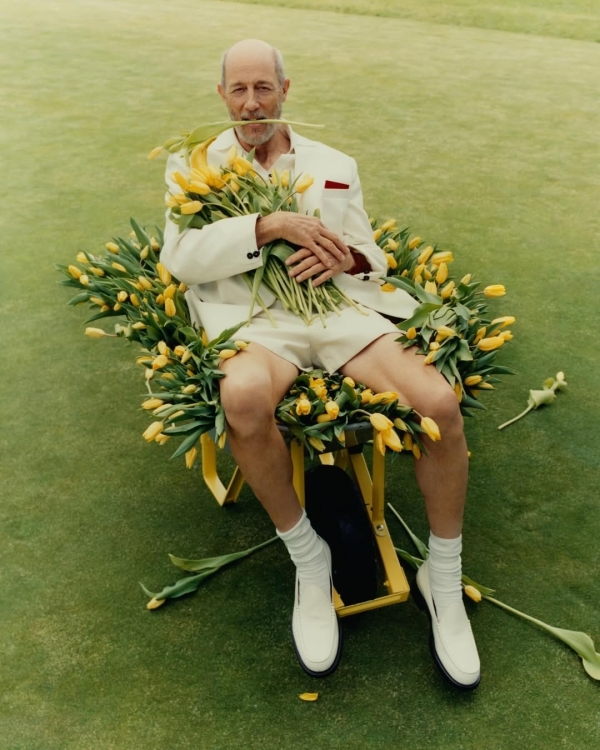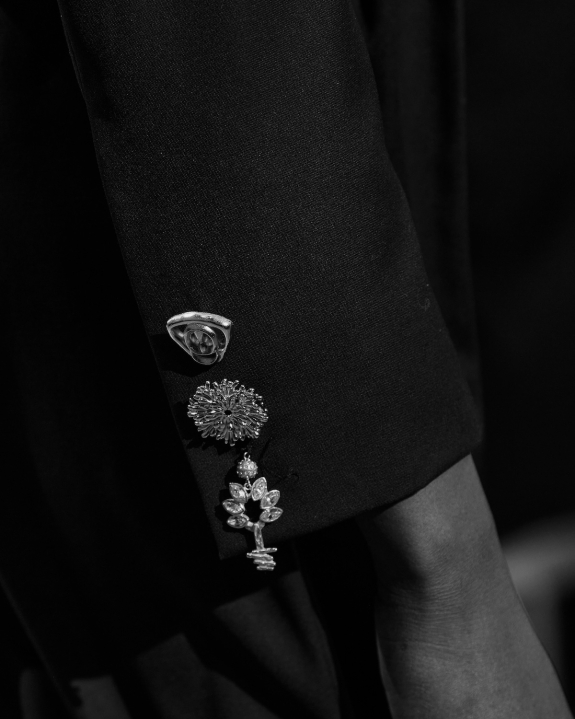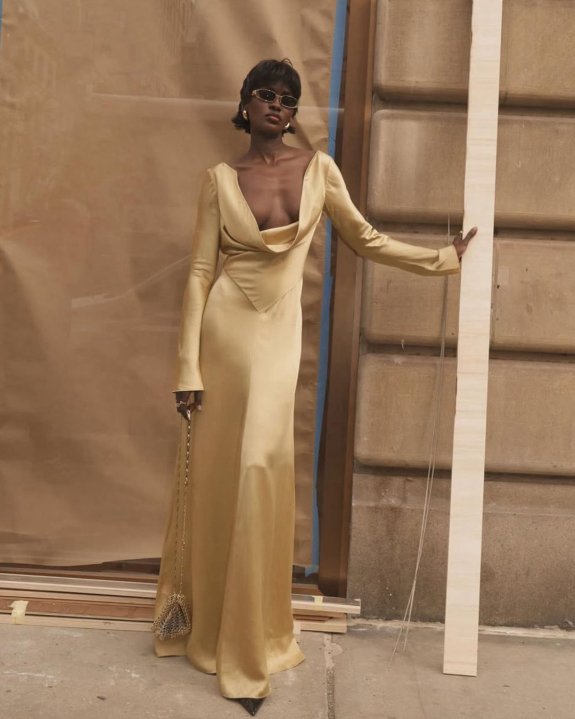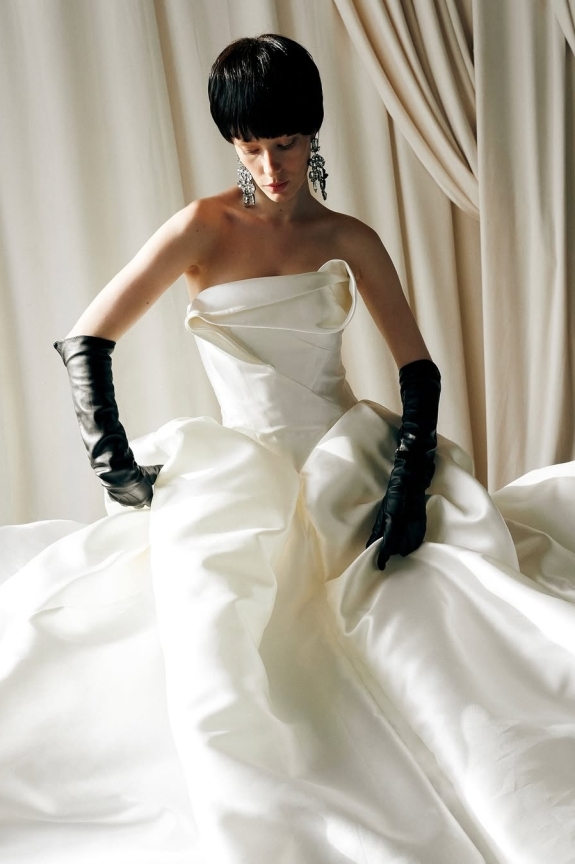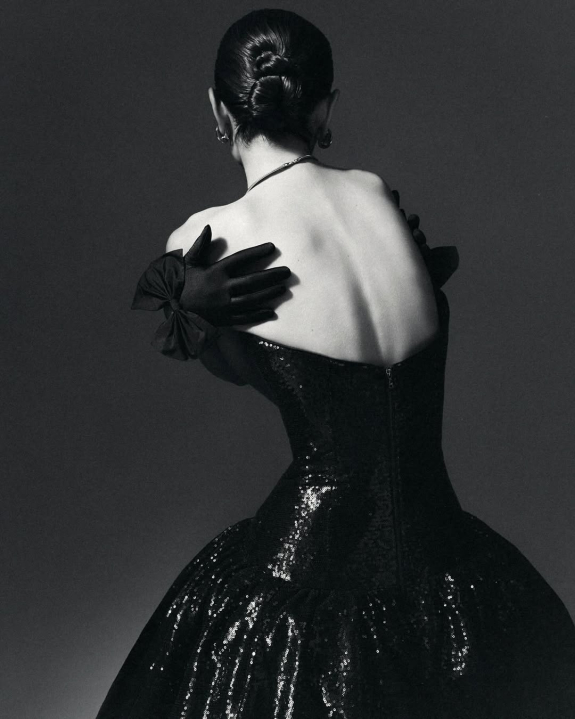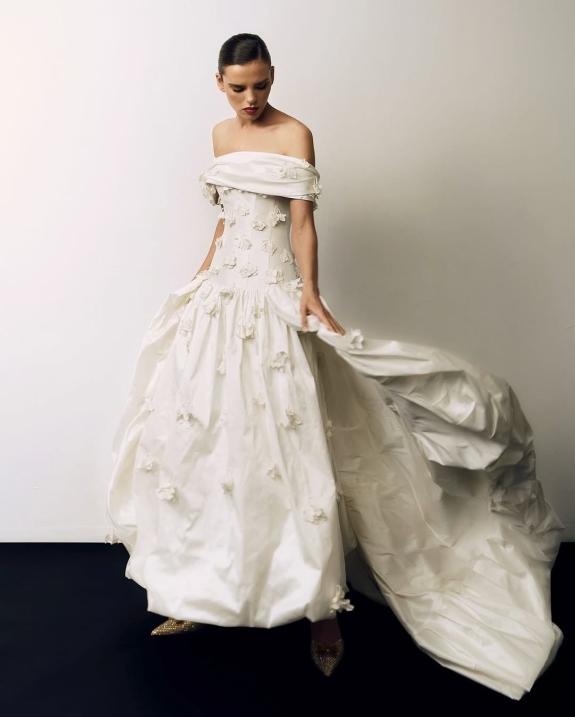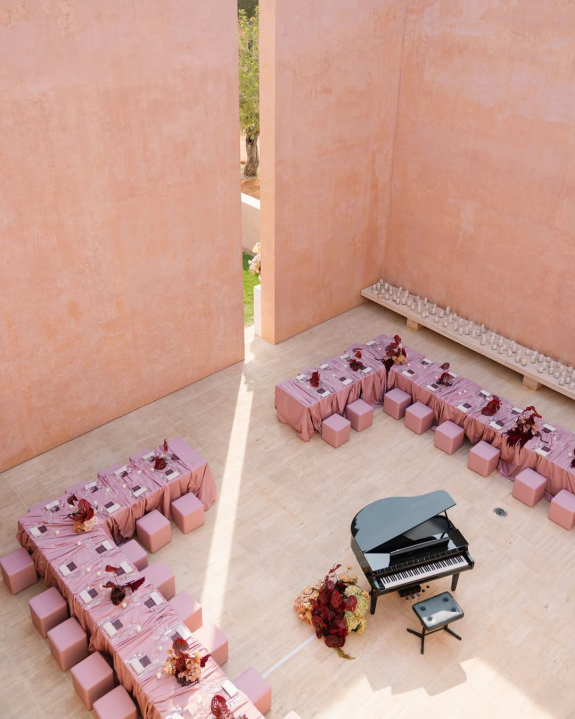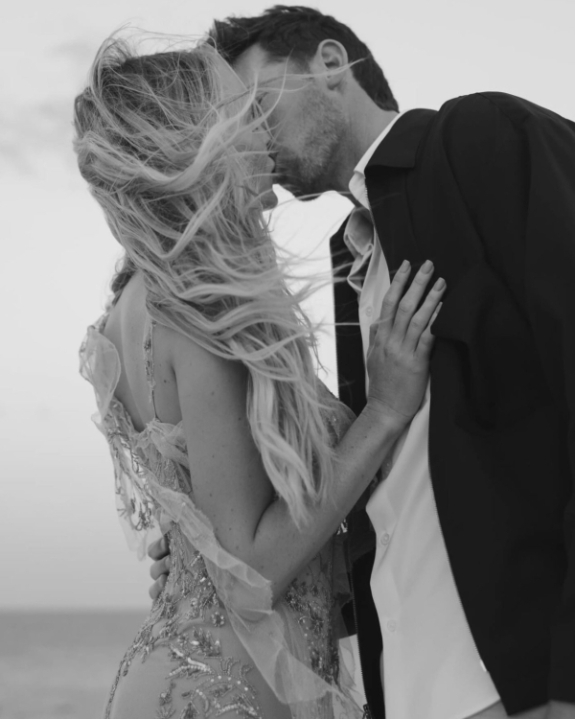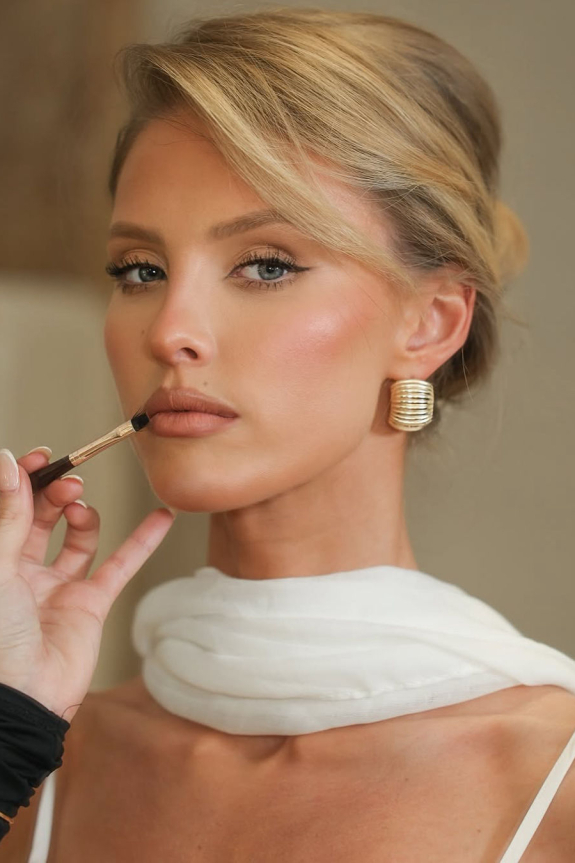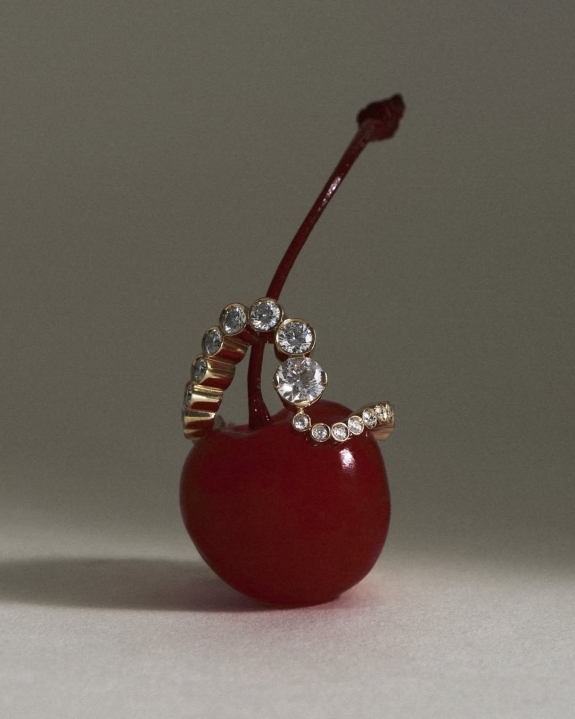Tatyana Kochnova, Alexander Roth
There’s a lot that goes into planning a wedding—from selecting the venue to choosing the flowers, music, and seating plan. Yet equally important (and often overlooked) is the dress code: a set of guidelines for your guests to look the part and dress in attire fitting for the atmosphere and your vision. But we know things don’t always go as planned—guests might ignore the dress code entirely or feel unsure about what’s expected. That’s why we’re sharing our best tips for setting and communicating your dress code clearly and respectfully, so everyone feels aligned from the start.
LPA, Erdem
Photography: Madison White, Erdem Moralioglu
Start with the Setting
First things first: consider your venue when setting your dress code. Whether it's a centuries-old villa, a church, or even a beachside hotel, the type and formality of the location play a key role in shaping the tone and attire expectations. For example, a ceremony held in a church or temple may call for a more modest look, whereas beachside and garden celebrations can often be more relaxed.
Know Your Dress Codes
Once you’ve considered your setting, it’s time to choose a dress code that complements the tone of your event. The right dress code sets expectations clearly and helps your guests feel confident in what they’re wearing Not sure where to start? Here are the most common options, from the ultra-formal to the playful and relaxed:
White Tie
White tie is the most formal of all dress codes—typically reserved for royal banquets, state dinners, or highly traditional evening affairs. For women, this means full-length evening gowns, often paired with elegant accessories such as opera gloves or fine jewelry. Men are expected to wear a black tailcoat with peaked lapels, matching trousers, a crisp white formal shirt, a white vest, and a white bow tie.
Black Tie
Slightly less formal than white tie, black tie offers a touch more flexibility while still maintaining a refined and elegant dress code for a formal affair. Women are expected to wear formal floor-length gowns or sophisticated evening pantsuits. For men, a classic black tuxedo is essential—usually worn with a white dress shirt, black bow tie, and polished dress shoes.
P Johnson, Tanner Fletcher
Photography: James E Harvey-Kelly, Lawrence De leon
Formal
Formal dress code is a more relaxed variation of black tie, ideal for elegant evening receptions or upscale dinner parties. Men can opt for a tuxedo or a formal dark suit, while women might choose a gown slightly shorter than floor-length, a sophisticated cocktail dress, or a tailored dressy pantsuit.
Cocktail
A popular and flexible choice: the cocktail dress code. It strikes the perfect balance between being dressed-up and effortless. Typically, the cocktail dress code features tea-length, knee-length, or even mini dresses for women, while men wear suits, with ties being optional. The main rule? Look polished, but don’t be afraid to have fun with your outfit.
Staud, Belance
Photography: Oscar Leal
Themed
A theme doesn’t have to mean costumes or theatrics. It can be as simple as tropical chic, desert-inspired minimalism, or retro elegance. The idea is that your dress code reflects a specific aesthetic or mood. Whether it’s a garden party full of floral prints or a night leaning into old-school glamour, guests are encouraged to dress with intention—and have a little fun while doing it.
Smart Casual
Smart casual walks the line between relaxed and refined. For women, this might mean a breezy maxi dress, elegant separates, or an elevated summer sundress. Men can opt for a button-up shirt with tailored trousers or even a sport coat—ties are typically not required. It’s polished but comfortable, perfect for daytime or outdoor weddings that don’t call for full-on formalwear.
Chloe, Amiri
Photography: Pierre Mouton, Drew Vickers
Specify a Color Scheme
Along with your dress code, offering guests a suggested hue or color palette can be one of the best ways to create a visual impact on your photos. The palette might align with your event design, draw inspiration from your venue (like soft blues for a seaside affair), or even provide a bold contrast to your theme. However, when suggesting colors, keep in mind that not everyone feels comfortable—or has access to—styles in your chosen scheme, so including neutrals as an option is always a thoughtful touch. And while it's generally understood, if it's especially important to you that guests avoid wearing white, it never hurts to mention it.
Create a Mood Board
Some guests might need a little extra guidance—especially when it comes to decoding dress codes or sticking to a color palette. A visual reference can go a long way in setting the tone. Whether it’s a curated Pinterest board or a few outfit ideas included on your wedding website, giving guests a sense of what to wear can help everyone feel confident and aligned with the celebration’s vibe.
Self-Portrait, Sonja Narizni
Photography: Larissa Hofmann
Communication is Key
How and when you share your dress code is imperative to ensure it is received loud and clear and nothing is missed. One of the easiest ways to share the information is on your wedding website. Another popular option is to simply add a note on the bottom of your wedding invitation or as a separate card within the envelope. Either way, ensure your dress code request is clear, concise, easy to read and accessible up until your wedding day, so guests can refer back to it if need be. Cursive writing can often be difficult to follow, as well as large bodies of copy, so a simple, to the point approach is best. Keep it short and sweet!
Be Clear but Considerate
The last thing you want is for guests to feel overwhelmed or overly restricted by your dress code. And while offering clear guidance is helpful and essential its important to try not to dictate every minor detail. Leave space for personal style and flexibility so guests can interpret the look in a way that works for them—ideally using pieces they already own and feel comfortable in.
Magda Butrym, Tanner Fletcher
Photography: Vitali Gelwich, Lawrence De leon
Outline Any Restrictions
These might be cultural or religious—like covering shoulders in a sacred space or avoiding certain colors considered unlucky—or venue-specific, such as no visible tattoos or a closed-toe shoe policy. You may also want to gently note if guests should avoid wearing white or stick to a palette that doesn’t match the bridal party. Whatever the reason, clearly communicating these preferences upfront helps guests feel informed and ensures everyone shows up dressed appropriately.
Be Inclusive
When setting your dress code, it’s important to consider the diverse identities, bodies, and needs of your guest list. Not everyone shops from the same rack or feels at home in the same styles, so aim to use inclusive language that doesn’t assume gender or body type. You can also offer outfit inspiration that includes a range of silhouettes and gender-neutral ideas. Inclusivity isn’t just about fashion—it’s about helping everyone feel comfortable, confident, and welcome.

